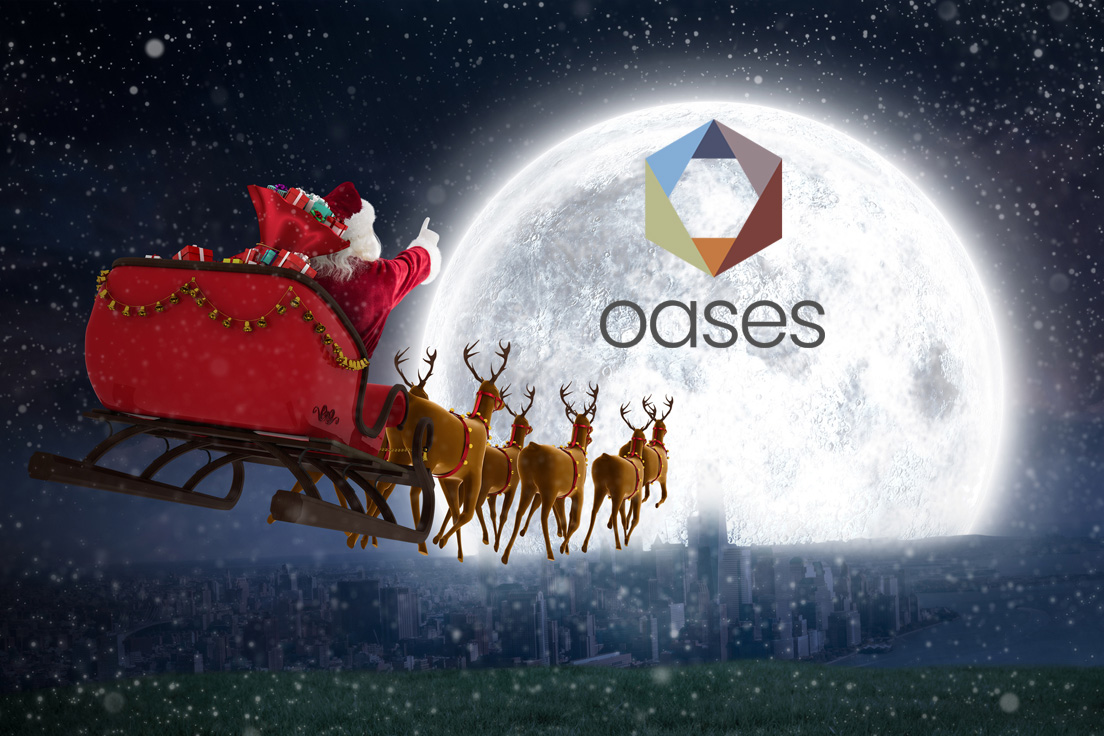Recession is coming in to land
What happens next in aviation?
by
Saidhar Pathigari, VP New Business at Commsoft OASES

What goes first?
Coming out of COVID was never going to be easy. The world is even now still learning to cope, adjust, and revise expectations of how ‘normal’ things may eventually become. Gradually, people and businesses have returned to a semblance of life as it was before.
It seemed as if we were doing okay, making some sort of progress. In aviation, passengers were returning, new orders were coming in, operations were restabilizing, and then a barrage of fresh maladies hit our new normality; recession looms and war rages on mainland Europe hitting energy costs and availability and sending many economies into cost-of-living crises.
Aviation International News reports that: “Economic risks have increased and the likelihood of slower growth, or even contraction, is now higher. Risks include persistent inflation that could require additional monetary tightening, supply-chain disruptions, oil and gas disruptions due to the Russia-Ukraine war, and a slower economy in China”[1].
While many airlines around the world have reported strong recovery from recent darker days (‘Recession, what recession?’ asks AeroTime Hub, reporting on strong third quarter results from IAG, EasyJet, and Ryanair)[2], observers are less bullish. “Lower revenues mean businesses could ultimately be forced to reduce headcount, driving up unemployment”, says one observer[3] (see ‘What would a recession mean for aviation?’. FLYING Magazine).
Whether you view your glass as half full or half empty, one thing is for sure, there will be space in the glass; something will go missing in the very near future—previously restored revenues, bookings, reassuring future forecasts, affordable operating costs, margins,
and the multiple other maladies that come along with the barrage of recessionary woes.
‘What goes first’ is a very sensitive question to ponder
A common, often deemed expedient, tactical response is to shave back resources wherever possible in anticipation of matching them to pared-back levels of business. One of the seemingly most flexible resources is the workforce.
Headcount reduction as a strategy comes along with an entire catalogue of its own risks, however, pertaining primarily to the cyclical nature of economies. Smart people are not as flexible a resource as you may think. When the going gets tough, these are completely the people you want to retain. They’re the ones who will help you get through it; whatever form ‘it’ may take in the coming months, and very possibly longer.
How great are your people?
Have you ever expressed pride in how great your people are? The fact is, you have; everybody does. It’s on their websites, in their ads, their published values, and their chairpersons’ statements in year-end reports.
There are two reasons for this. Firstly, it’s what customers want to hear; it’s intrinsic to the perceived value of your brand. They are reassured to learn that your people are deeply experienced, highly trained, passionate about customer care, friendly, and always prepared to ‘go the extra mile’ (cliché it may be, but pretty much everybody says it or a version of it). Secondly, it’s what employees want to hear.
In referring to the building of a sustainable workforce and improving job satisfaction, The Davos Agenda 2022[4] states: “Organizations and individuals are hyper-focused on sustainability, and rightly so. But one of the resources that has not traditionally been part of that focus is the workforce. It’s imperative to find ways to sustain the people and teams working for businesses of all types, around the world. If growth comes at the expense of the well-being of our teams, our success will be short-lived”.
The UK organization, Investors in People reports the following findings[5]:
-
- 85% of employees are not engaged at work
-
- 73% would think about leaving if the right opportunity came along
-
- 71% of employees are not happy with their career opportunities
-
- 1 in 3 Staff are simply bored
Recognize the value of people
We are committed to the value of the people ‘factor’ at OASES (Open Aviation Strategic Engineering System) not only within our own organization but also on behalf of our customers. Here is our ‘great people’ statement from our website:
“A large proportion of our team have direct backgrounds in aviation, giving us the insight to understand not just the logic of solving operational problems, but also the context in which they arise…”
From an aviation industry perspective, we are working closely with Dr Ip-Shing Fan, Senior Lecturer in Enterprise Systems at the IVHM Centre, Cranfield University. The centre focuses on ‘MRO developments and activities with expertise and capabilities in UAV robotics NDT inspections, SHM sensor monitoring, and advanced digital technologies, such as artificial intelligence (AI) and digital twins (DT), tools that could be used to synchronize, monitor, and improve all processes related to aircraft MRO’.
OASES have sponsored a place at the University and believe we have much to learn from this project, much to pass on to our customers and inform our own solution development, and much to contribute to the future of smart people within the aviation sector.
Efficiency, stimulation, and engagement
‘Smart’ is where the future lies and smart people are where business success lies as well as the ability of a business to whether the storms ahead. This prompts the question as to how you can retain and nurture talent.
There are two principal elements to a sustainable workforce strategy. The first is the culture of your organization, and that is a question for every organization to resolve, and to shape, in the way it feels best.
Of parallel importance are the tools you equip your workforce with
not just to make their jobs easier and more efficient/productive,
but also more stimulating, engaging, and intellectually challenging.This is where technology comes in, especially with the processes involved in MRO becoming less paper-based as the drive towards being fully digital continues.
People and technology | The winning combination
In the continuing development of OASES digitised MRO workflows, we always attach enormous importance to the user interface; to make the software as easily usable as possible. This is not the only connection between people and technology though. Graphic user interfaces, single data sources, remote usability through multiple devises at any location are about usability.
Value, however, comes from how people use the information they gain through automated processes, dashboards, colour-coded presentation of data and other facets of information presentation. In other words, people make the difference; technology simply enables them to do so.
People who know how to interact with digitised MRO workflows—how to act upon the insights that data reveals—have a skills-set they can take anywhere. They tend to be the most sought-after employees, and that gives them a degree of career flexibility. It also gives them an innate desire to work with sophisticated systems, cutting-edge solutions. They have no desire to wade through traditional paper-based processes which often represent a backward step on the technological capabilities and systems they use in their out-of-work lives.
Technology is as much about inspiring your teams as it is about improving the efficiencies of your business. In the months ahead, both factors will play a part in securing as robust a foundation for the continued—and improving—competitive advantage for any organization working in our industry in what are very likely to be difficult times; yet again.
Let’s carry on working together to prepare for a safe and secure future and safeguard the resources and assets most important to your continued operations. Please get in touch if you want to discuss plans for the coming year.
Just email me at: [email protected]
[1] AINonline: Industry in ‘Resilient Position’ To Weather Any Recession [Oct 14 2022]
[2] AeroTimeHub: ‘European carriers say booking are holding up’ [Oct 13 2022]
[3] Bijan Vasigh, Aviation consultant and professor of economics and finance at Embry-Riddle Aeronautical University in Daytona Beach, Florida
To learn more or book an OASES demo, contact us today
For organisations looking to ascend to new heights of operational excellence, contact us today to book a demo.


